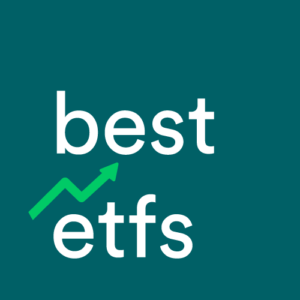What do the FAIR and MVA ETFs do?
The BetaShares FAIR ETF provides exposure to the largest Australian shares and focuses on companies which operate ethically. FAIR has been certified by the Responsible Investment Association Australasia (RIAA), as part of the Responsible Investment Certification Program.
The VanEck MVA ETF provides investors with exposure to the Australian property market by investing in a portfolio of ASX-listed property companies and real estate investment trusts (REITs).
If you like the look of the FAIR ETF, check out our free FAIR ETF report.
One of the easy ways we compare ETFs such as MVA and FAIR at Best ETFs and Rask Australia is by analysing the fees and costs of an ETF. Internally, we score ETFs based on management fees, plus indirect costs and we take into account the buy-sell spread. We like to look at the ‘all-in’ costs of buying and owning an ETF.
We’ll keep it easy and just study the fees. Based on our data for December 2021, the FAIR ETF has a management expense ratio (MER) of 0.49% while the MVA ETF’s yearly fee was 0.35%. Therefore, MVA wins on this one. That said, a more useful metric to know is the fee quartiles that these ETFs find themselves in (note: quartile 1 is best). For example, any ETF which has a fee below 0.3% would be considered in our first (best) quartile.
How do they perform?
Performance matters. Keep in mind, performance isn’t everything — and past performance is not indicative of future performance. It’s just one part of a much bigger picture. The reason we say performance is not everything is because of volatility of financial markets and the economy from one year to the next. Some ETFs and funds can put in a solid return one year just to generate lacking returns the next time around. That’s why we prefer three-year or seven-year track records over one-year track records. It can smooth out the temporary performances caused by external factors. Both ETFs have achieved our three-year performance hurdle. As of December 2021, the FAIR ETF had an average annual return of 15.22%. During the same time, the MVA ETF returned 12.24%.
Finally, at Best ETFs Australia, we apply a rating to the ETF issuer or provider. That is, the company that starts and is responsible for operating the ETF on the ASX. There are too many considerations that go into our scoring to detail here. The issuer of FAIR is BetaShares. Betashares ranks highly for our scores of ETF providers and issuers in Australia. We believe BetaShares is one of the leading providers of index and non-index style products to retail investors in Australia.
Best ETFs Takeaway
Did you know we have free reports? View our ASX FAIR review and ASX MVA review today.
For us, the FAIR ETF ranks positively for our internal scoring methodology but not by much.
We hope this article helped you analyse ETFs. Don’t forget, there’s a lot more to investing well than what we just outlined (risks, diversification, other potentially better ETFs, etc.). Our analyst team at Rask Australia spends months looking at new ASX investments (it’s our day job!). To make your life easier, you can get the name of our team’s top ETF pick for 2022 in a free report. Keep reading to find out how to get our analyst’s report emailed to you right now…





